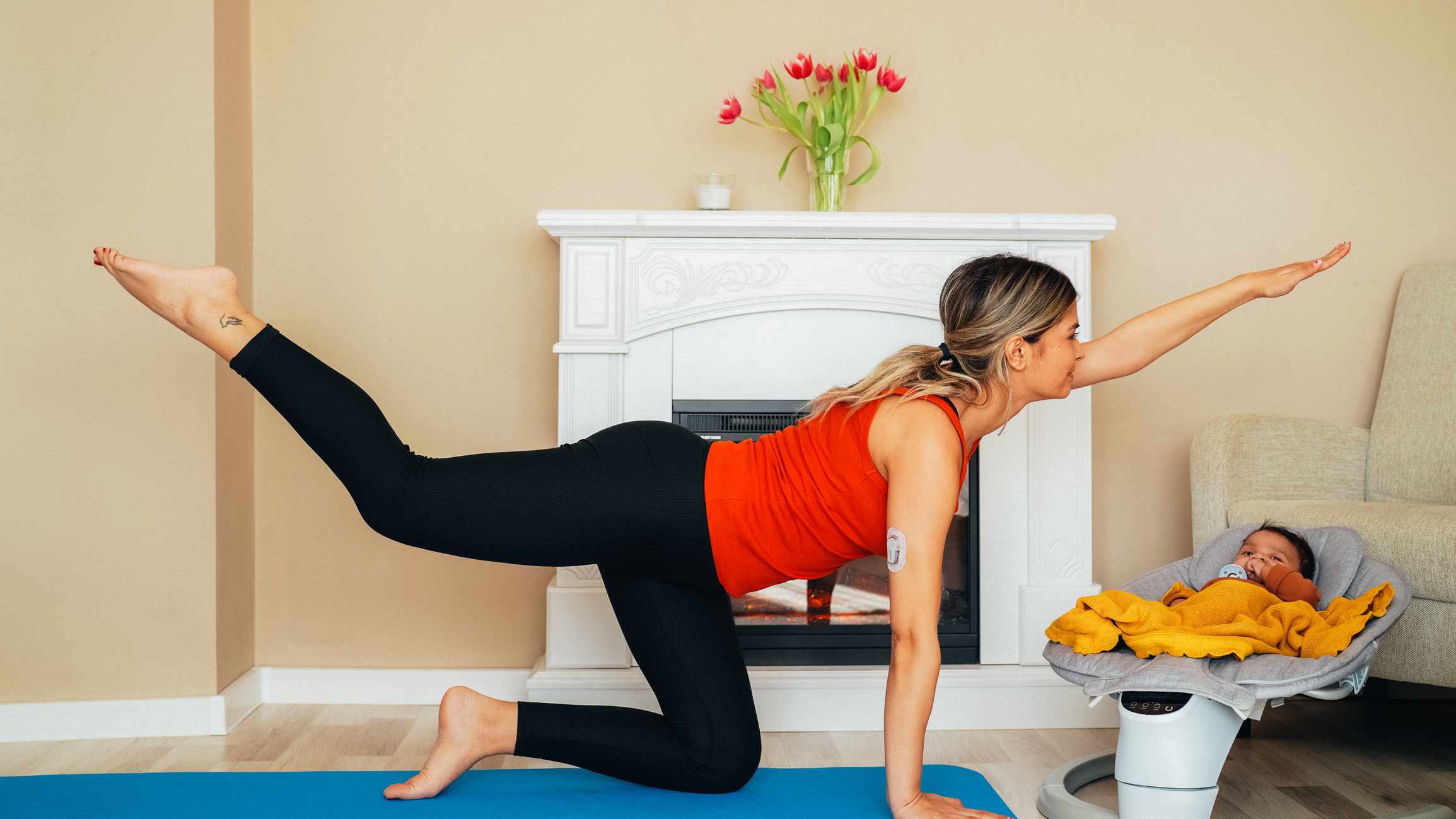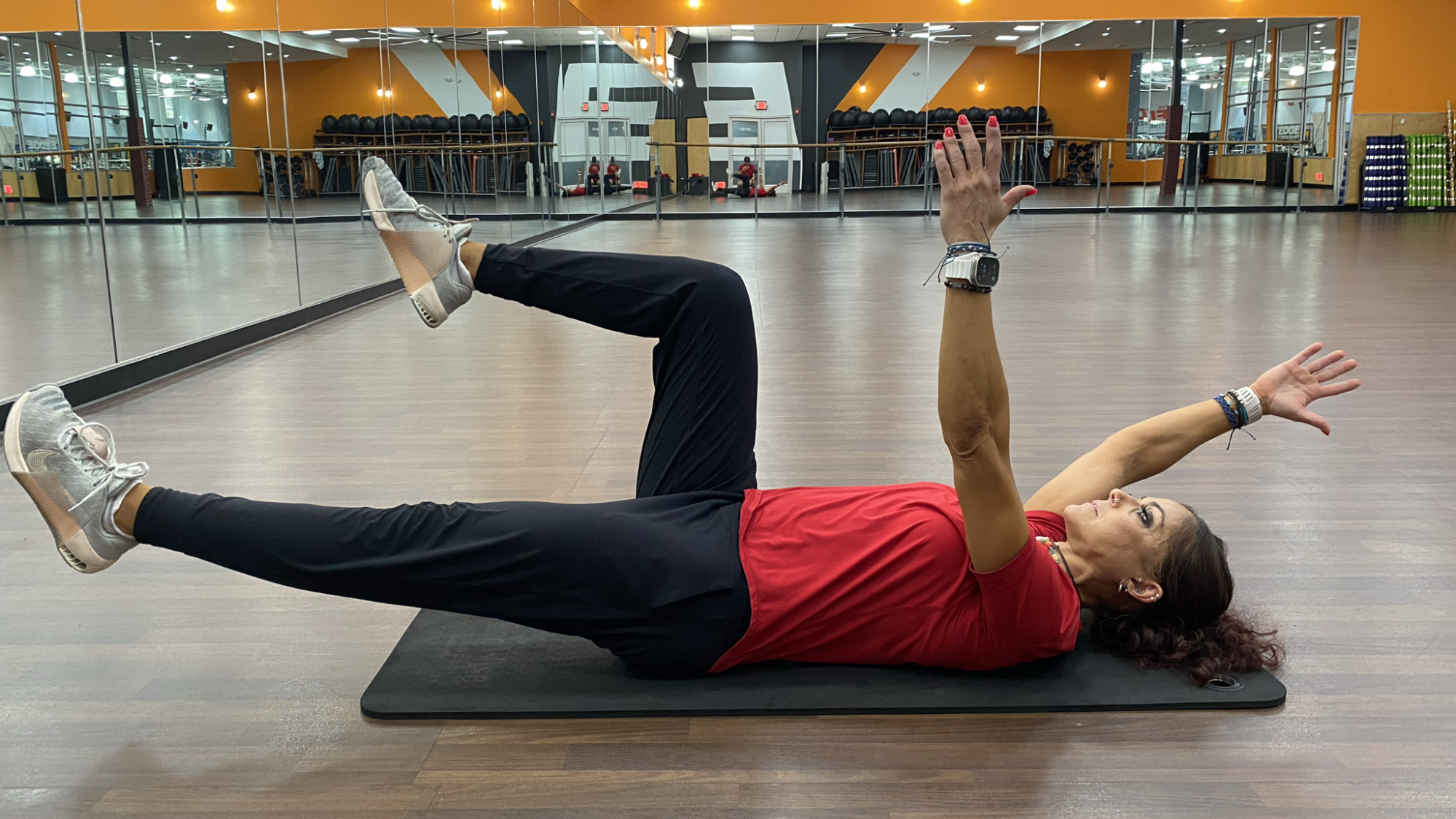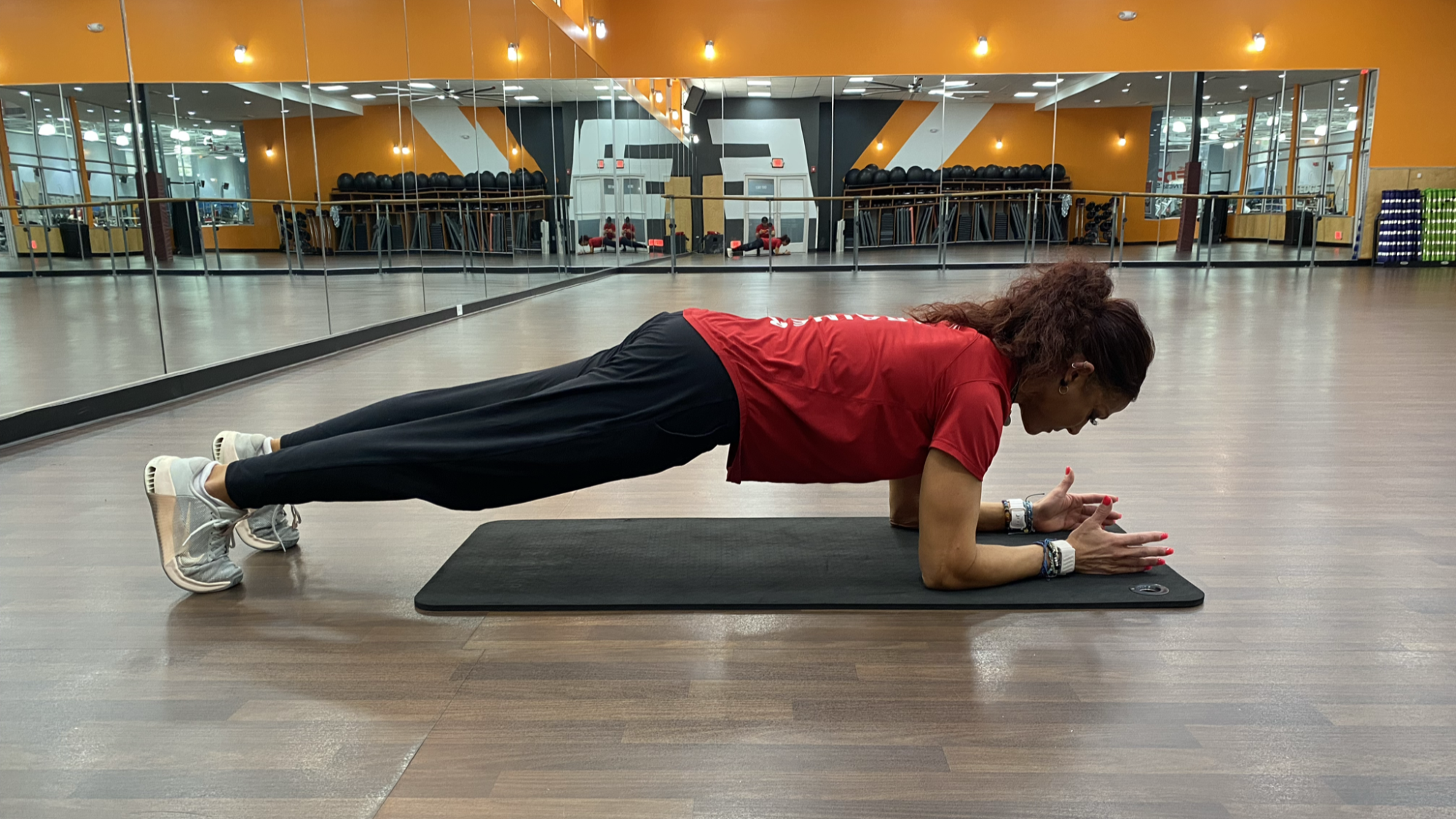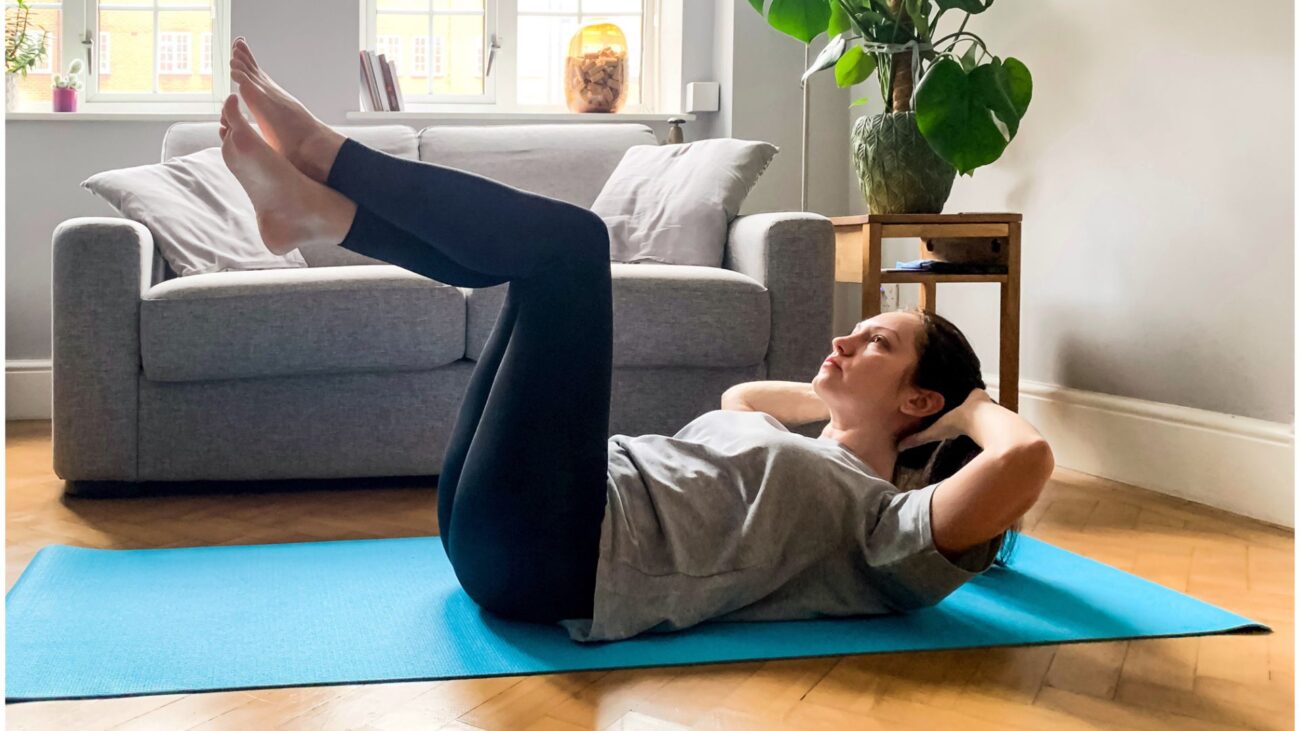Blog
Build better balance with these three core stabilizing movements

Good core stability is important for everyday movements. You use your core muscles to keep you upright when sitting or standing, when walking or running and so much more.
Core strength is important for core stability, but a strong core isn’t necessarily a stable one. You need to work on training the specific core muscles that engage to keep you balanced, rather than just targeting your abdominals.
I asked certified personal trainer Marinell Nin, who works at Edge Fitness Clubs, to share her top three exercises for those wanting to improve core stability.
“Core stability supports a healthy spine and pelvis, improves athletic performance, and enhances balance and coordination,” says Nin. “It prevents injuries in the back, hips, knees, and shoulders by stabilizing joints and controlling movement patterns.”
Nin also explains that good core stability helps to make functional movements like bending, twisting, reaching and carrying easier to do.
These three movements work well because they challenge your balance and coordination, and require you to engage each side of your body individually. Give them a go!
1. Bird dog
(Image credit: Marinell Nin)
Sets: 3 Reps: 10-15 each side
- Start on your hands and knees, with your knees under your hips and your hands under your shoulders. Keep your hips square and core muscles engaged.
- Reach your right arm forward and your left leg back, maintaining a neutral spine and squeezing your glutes. Your left leg, body and right arm should be in a straight line from your fingers to your toes.
- Bring your hand and knee back to the floor. Once you feel more comfortable you can hover the hand and knee just above the floor instead of going back to the start position between each repetition.
- Repeat 10-15 times, exhaling each time you extend, inhaling as you come back to the floor.
- Switch sides.
Form tips: Make sure not to twist or open your hips or arch your back.
Areas targeted: Transverse abdominis, obliques and the muscles surrounding the spine.
2. Dead bug

(Image credit: Marinell Nin)
Sets: 3 Reps: 10-15 each side
- Lie on your back with your feet off the floor and your knees over your hips and bent at a 90° angle, shins parallel to the floor.
- Extend your arms straight up, then press your lower back into the floor, pull your ribcage in, and inhale.
- Brace as you exhale, then lower your right arm behind your head and extend your left leg towards the floor, stopping before you touch it.
- Keeping your lower back pressed to the floor, come back to neutral and repeat on the opposite side.
Form tips: Make sure you don’t arch your back as you extend, and if you find yourself doing so, start by just lowering one leg at a time, or extending one arm at a time, and slowly progressing to extending both at the same time. There are also these dead bug modifications to try.
Areas targeted: Good for the frontal sling of the abdomen, shoulders and hip flexor muscles.
3. Plank

(Image credit: Marinell Nin)
Sets: 3 Hold: 30-60sec
- Start on your hands and knees, then lower onto your forearms, with your elbows under your shoulders.
- Step your feet back and lift your knees and hips so that your legs are straight and your quads are tight. Lift your hips to shoulder height, engage your core and keep your spine neutral.
- Hold for 30 seconds, keeping your body in alignment as you inhale and exhale.
- Increase intensity by lifting a leg or an arm off the floor and extending it.
Form tips: Avoid raising your hips or extending your back when your core gets tired.
Areas targeted: Good for hip stabilization, upper-body strength and leg strength.












